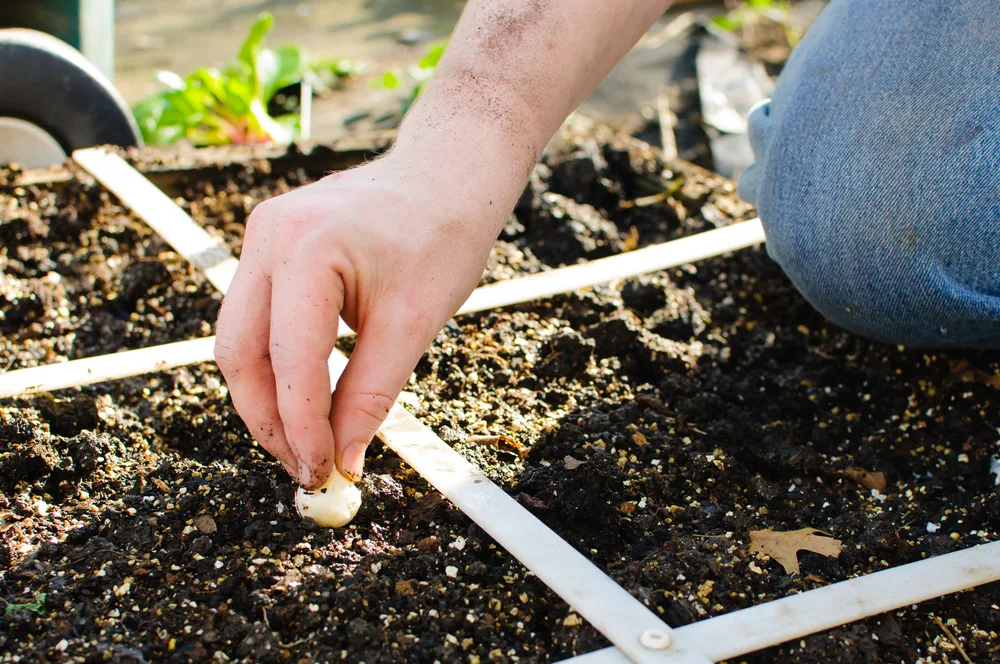
Square foot gardening is one of the most beginner-friendly gardening methods going. The genius behind it is that it makes the entire gardening process approachable.
No matter what stage you’re at in the growing season — planning, weeding, watering, or harvesting, you’re only dealing with one, 1’x1’ square at a time.
The pioneer of this method, Mel Bartholomew, started gardening when he retired as a construction engineer. And if you know any engineers, then you know they can never leave well-enough alone.
Lucky for us, Mel didn’t either, and the square-foot method was born out of his frustration with conventional row gardening.
But like learning anything new, it’s easy to make mistakes.
Don’t let that discourage you from getting started, though, because mistakes are a great way to learn. Even better if you can learn from someone else’s mistakes, which is what this post is all about.
I’ve rounded up the most common square-foot gardening mistakes, so you, the new square-foot gardener, can avoid them. Some of these I’ve even made myself; repeatedly. You know, just to help you out.
Along with this list, I highly suggest picking up a copy of the All-New Square Foot Gardening, 3rd Edition, Fully Updated, by Mel Bartholomew, so that you can get growing with the master himself.
Another super-handy tool (although not necessary) is this 1’x1’ planting grid. It makes direct-sowing seeds a breeze.
For a quick-start guide, you can also use my article
Okie-Dokie, let’s get to the mistakes!
1. You Have to Build Raised Beds
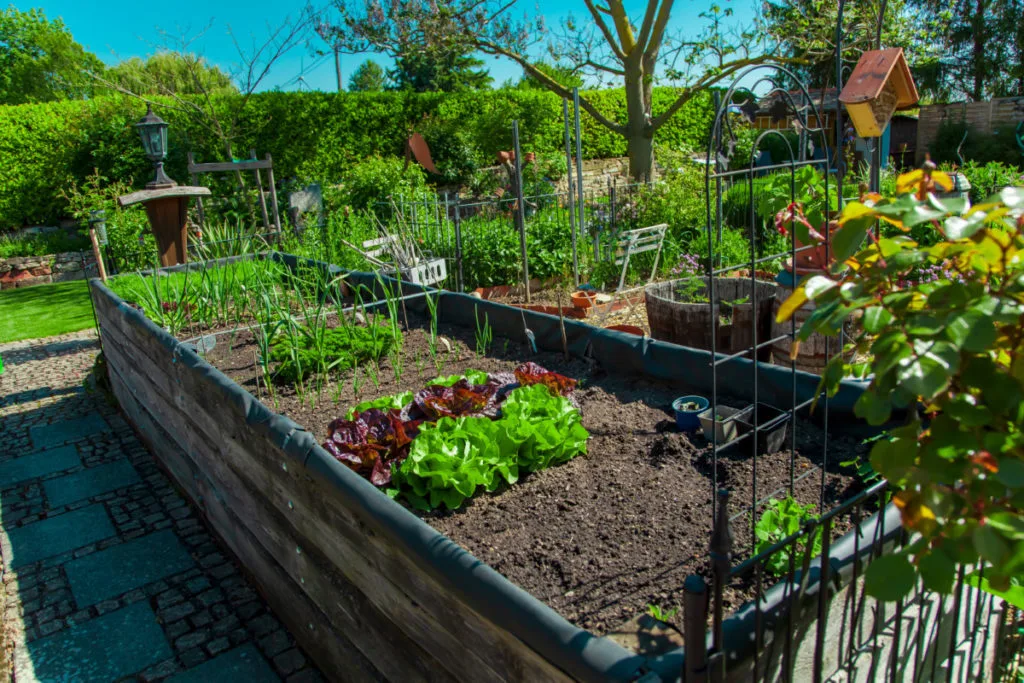
This is the number one mistake I see gardeners make with square-foot-gardening. For many, square-foot gardening goes hand-in-hand with raised beds. Having your garden contained within walls definitely helps, but it’s in no way necessary.
You don’t have to use raised beds to use the square-foot gardening method. You can just as easily map out grids on your existing garden or even go no-dig.
Cheryl walks you through getting started and common mistakes:
6 Reasons To Start A No Dig Garden + How To Get Started
12 Common Mistakes That No-Dig Gardeners Make
2. Don’t Try to Eyeball It
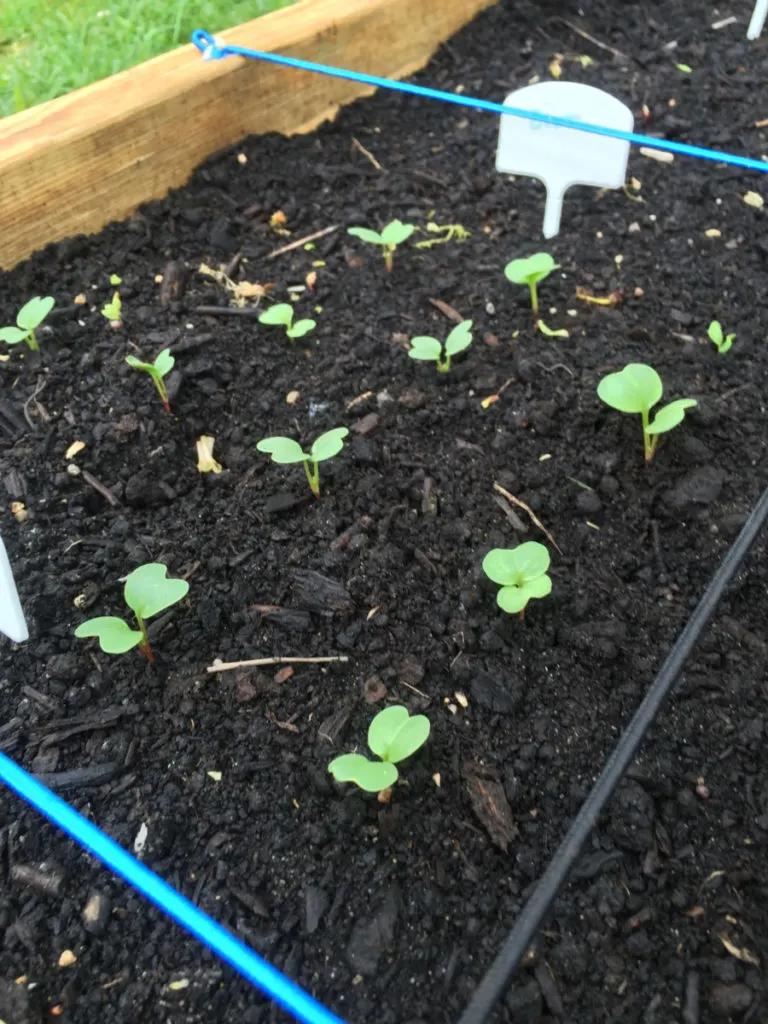
You know the old saying, “Close only counts in horseshoes and hand grenades.” It’s true when it comes to square-foot gardening too. Because some of the vegetables you’ll be growing can have as many as sixteen plants in a square foot, it’s important to make sure you have that full square foot to work with.
Use heavy-duty twine or cotton string (that will last for the entire growing season) and mark out your grid of squares, keeping your string as close to the ground as possible.
Check your measurements every few feet, too, to make sure you’re staying consistent. There’s nothing more frustrating than knowing you have a 4’x8’ bed, but suddenly you only have enough room lengthwise for seven squares because your 1-foot lines started getting a bit roomy.
3. Honey, Are These Beets or Radishes?
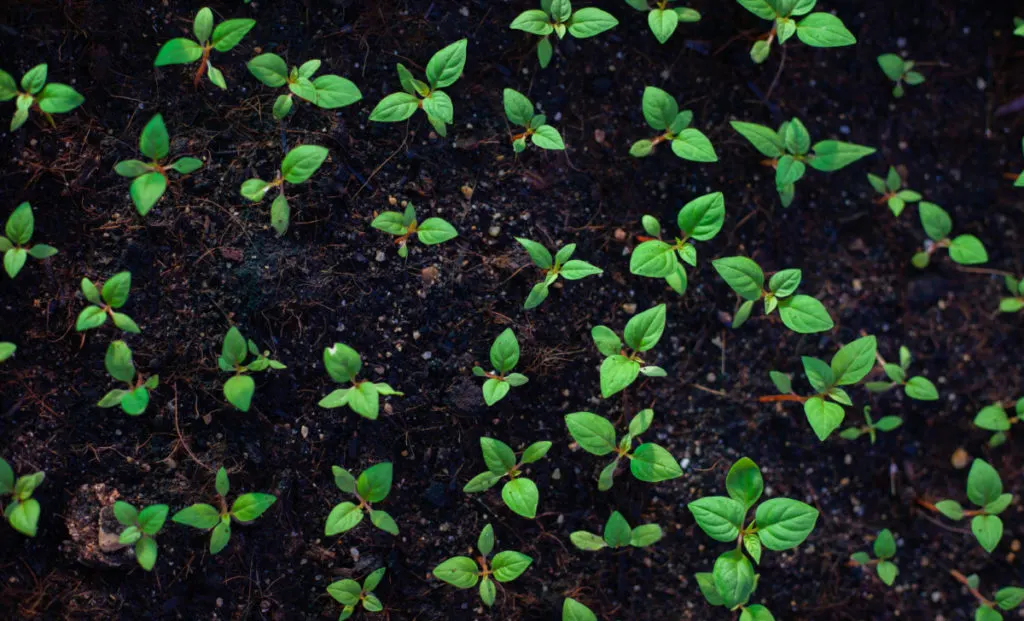
When they first pop up out of the soil, nearly all seedlings look the same. Good luck trying to remember what they are when you walk out to your garden and are met with a grid of tiny green leaves.
Before you even put a single seed in the dirt, grab yourself some wrapping paper with those handy cutting lines on the back and plan out your garden first. Most importantly, if you changed anything when you planted seeds, note it on your garden plan.
4. I Know We Had Paths Back in the Spring
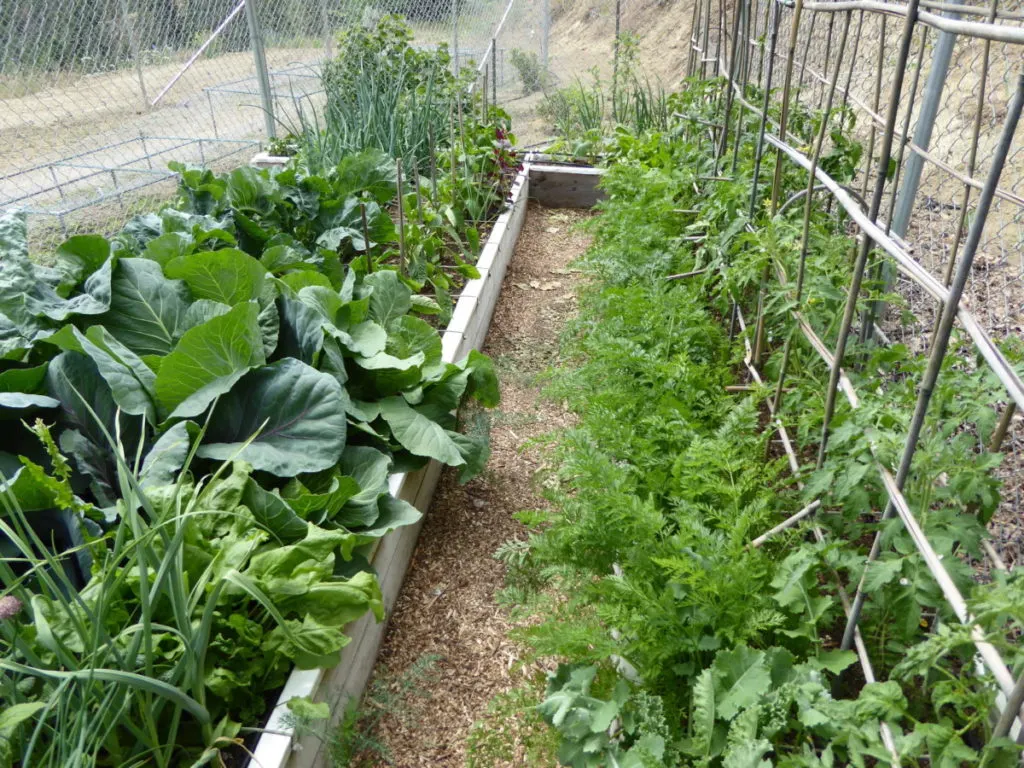
Tiny paths are a big problem, and it’s a very common mistake when establishing your square-foot garden.
It’s best to make your pathways bigger than you think they will need to be. I recommend 4’ pathways. I know that sounds like a lot, but when you’re trying to maneuver a wheelbarrow, kneel to pick beans, or your cabbages have matured and are now growing into your tiny path, you’ll thank me.
And in the end, if you decide four feet is too big, it’s much easier to make your paths smaller next year than rearranging an established garden to make paths bigger. Ask me how I know.
5. Here a Square, There a Square, Everywhere a Square
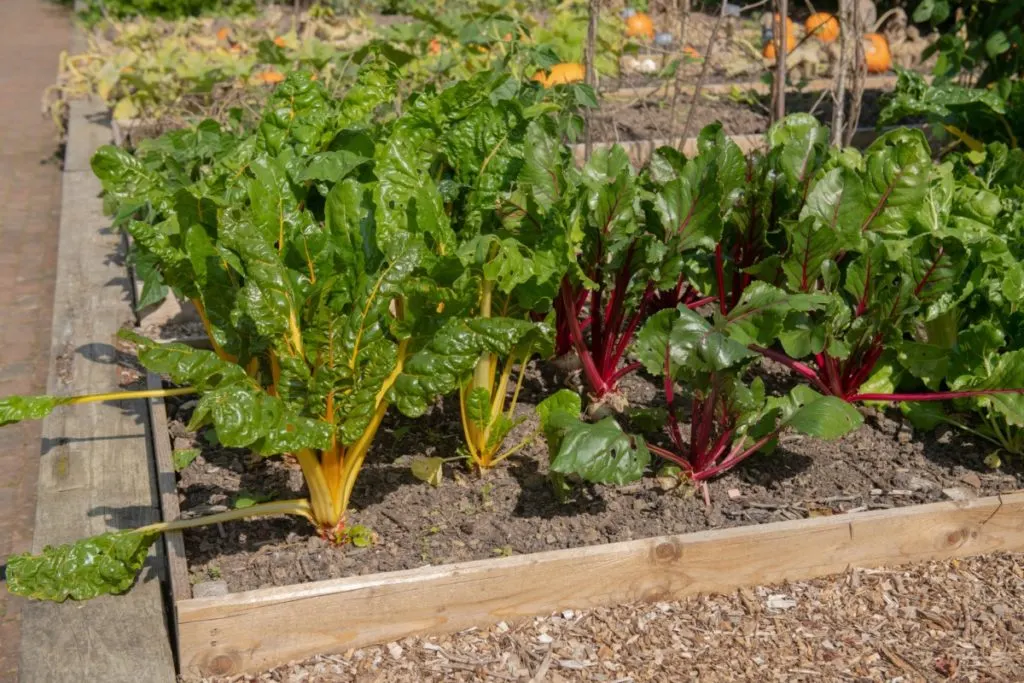
Yup, it’s the square-foot-gardening method, but that doesn’t mean you have to plant everything in large square blocks. In fact, you may end up shading out other veggies if you do. Take tomatoes as an example. If you plant all of your tomatoes in the center squares of your garden, you could end up shading out vegetables on either side of them.
Just because you’re planting in 1’x1’ squares doesn’t mean you need to plant all of your green beans in four of those squares blocked together. Plant them in a row of four squares, or alternate squares with another vegetable – beans then carrots, then beans, then carrots. This is important when you’re making use of companion plants.
6. Don’t Forget the Flowers
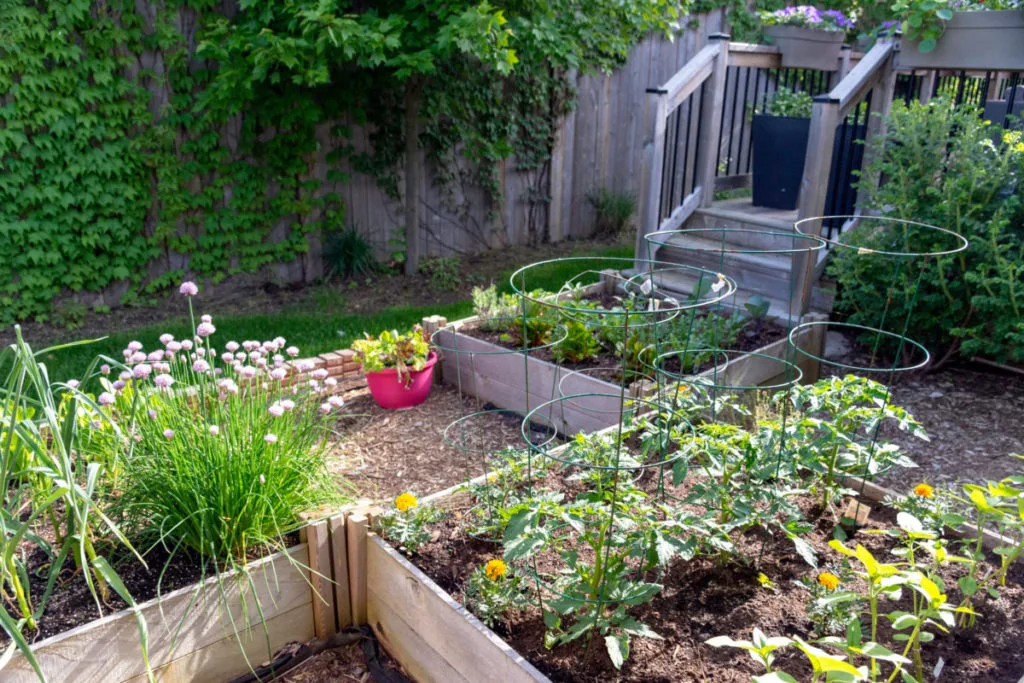
Speaking of companion plants, many new square-foot gardeners have nothing but veggies on the brain, and they forget to add flowers to their gardens.
Flowers will attract pollinators, and some flowers are companion plants too. Other flowers with a strong scent can help to keep deer and other furry creatures from nibbling your veggies.
11 Ways To Keep Deer Out Of Your Garden (+ Dad’s Foolproof Solution)
Make room for a square or two of marigolds, zinnias and other blooms.
Related Reading: 12 Best Flowers To Grow In The Vegetable Garden
7. Keep It Close to Home
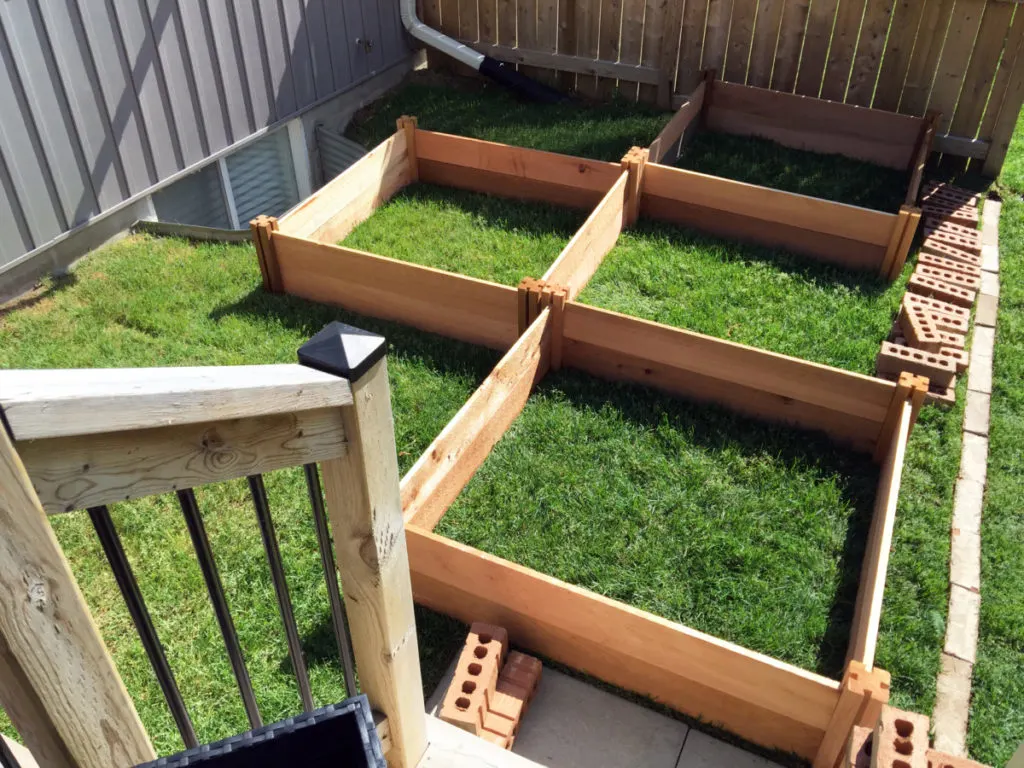
A garden you can’t see is a garden you neglect. The closer to the house you can put your garden, the better. Not only does it make chores much easier, but it also makes keeping an eye on things easy as well.
You’ll be more likely to notice problems sooner if you can glance at your garden from your window. Pests, diseases, watering needs are all easy to catch if you’re regularly seeing your garden so that you can take action right away.
8. My Carrots Hit a Dead End
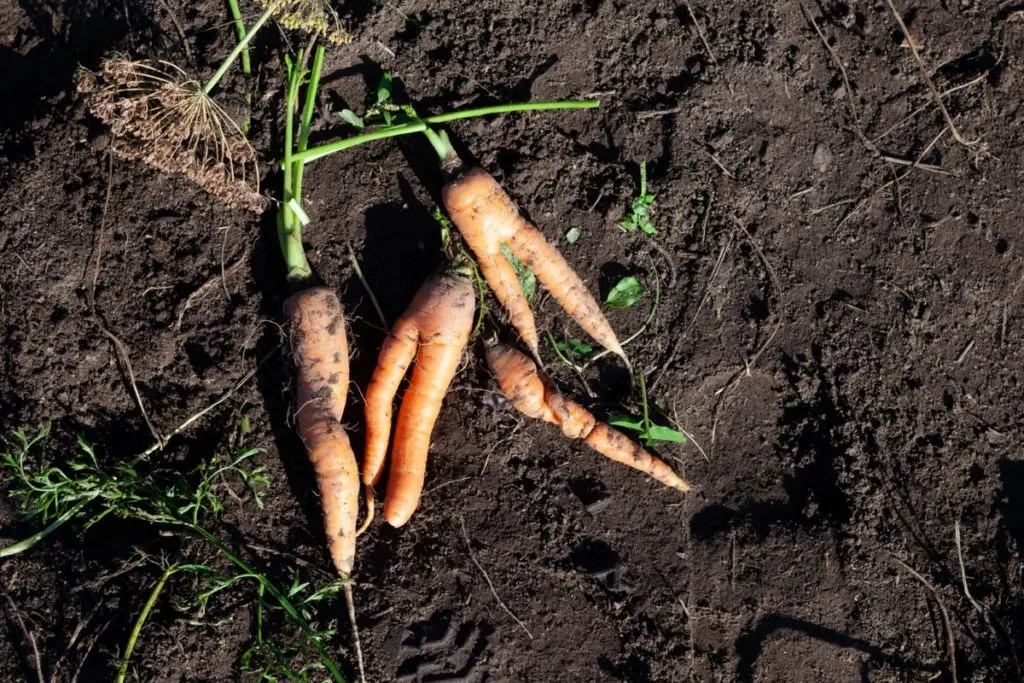
If you’re planting root crops, don’t forget it’s not just about how close they are to one another, especially where carrots are concerned. Make sure you have enough room going down as well as around. This is especially important if you are using a close-bottomed container for growing.
9. Where Did That Shade Come From?
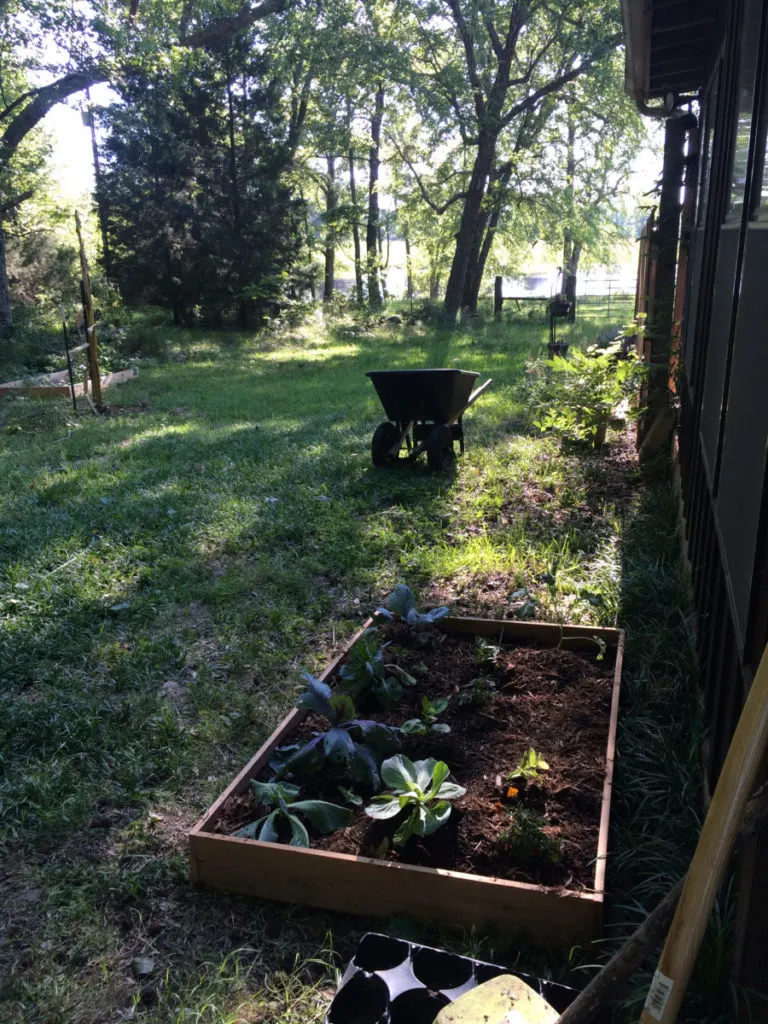
When planning your beds, it’s best to set them up to face north to south rather than east to west. This will allow all of your plants to get plenty of bright sun during the day.
Pay attention to nearby trees and buildings and where they cast shadows. It’s also important to keep in mind that the sun’s path will change over the growing season.
10. They Looked Much Smaller In the Seed Catalog
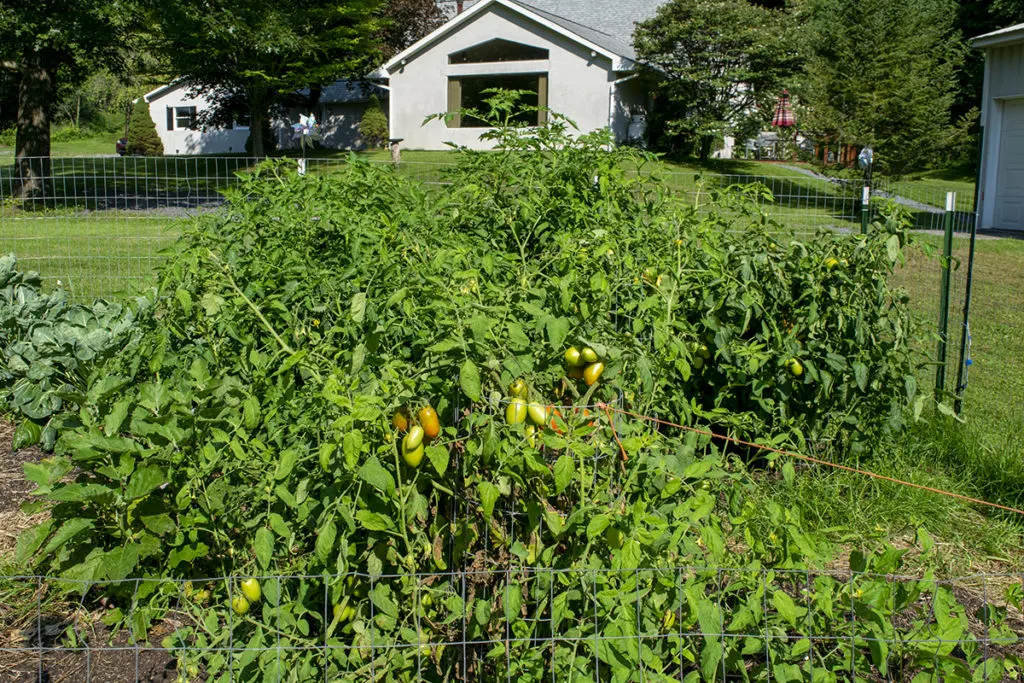
Sure, those tomato plants look pretty tiny sitting there next to your eggplant now, but come July, you may be wondering where your eggplant went. Pay careful attention to the mature size of everything you plant when planning what you’ll grow around it.
I’ve said it before, and I’ll say it again, tomatoes are always bigger than you expect them to be.
11. Is That the Path Or a Jungle?
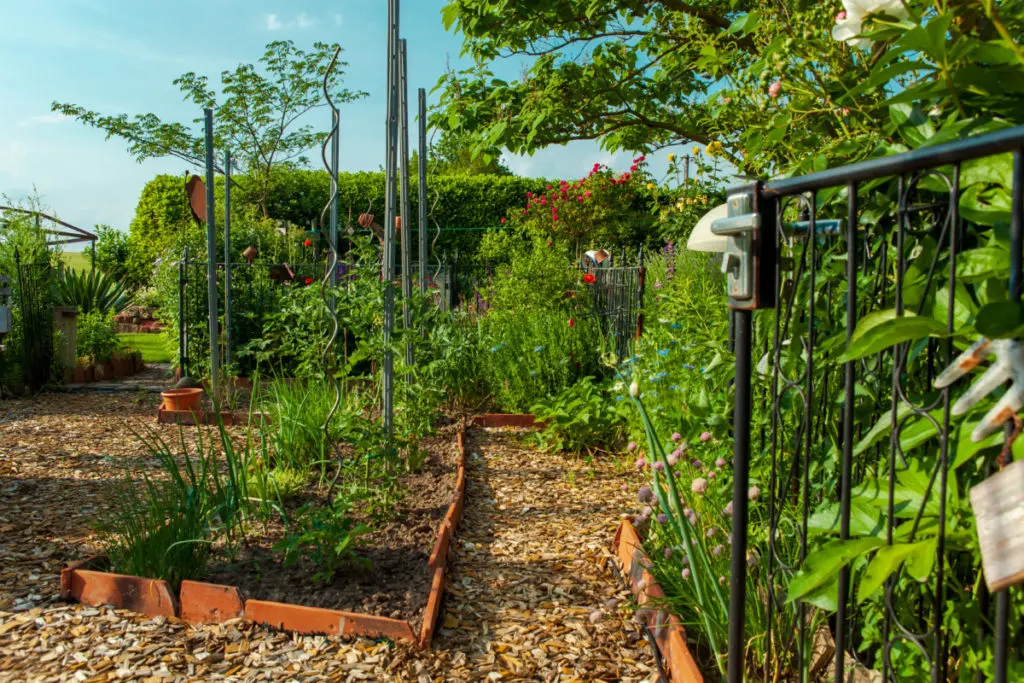
When planning out and establishing a new square-foot garden, it’s easy to get completely focused on what you’re growing inside it. However, you’ll soon realize you should have taken the time to plan what would grow outside of it as well, or you’ll be fighting back your yard. Grass and weeds can easily encroach on beds, and if they aren’t raised beds, take over your well-planned garden.
Plan on mulching or adding some sort of weed barrier to your paths. A great way to keep weeds down is to put cardboard down on your paths, give it a good soaking with the hose and then mulch heavily.
12. My Gloves Are 4’ Away, But I Can’t Get to Them
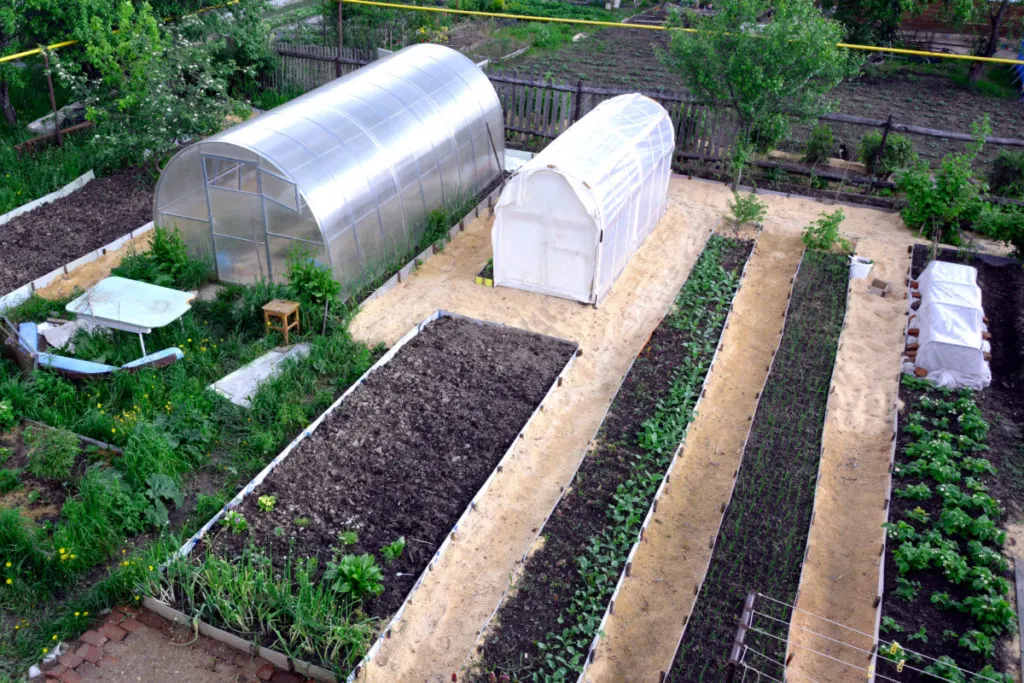
I’m sure I’ll get a lot of flack for this, and I’ve been known not to take my own advice, but I always regret it. If you’re going to use the square-foot method, use 4’x4’ square beds instead of long, rectangular rows. What do I mean by this? Make your beds 4’x4’ instead of a 4’x8’ or longer.
One of the main concepts behind square-foot gardening is your ability to reach every part of the bed no matter what side of it you’re on. The minute you start going lengthwise, you will need to walk around to the other side to do certain things. Like when you realize you left your gloves on the other side of the bed, and you’re smack in the middle of your 16’ long row.
While this doesn’t sound like a big deal, all that extra walking to take care of this, that, and the other thing adds up. Before you know it, you’ll be sweating more than you’ll be growing.
P.S. Don’t try and jump the four feet to get to your gloves. You’ll end up with a squashed pepper plant and a bruised ankle. Ask me how I, you know what, don’t ask.
13. Didn’t We Just Weed/Water This?
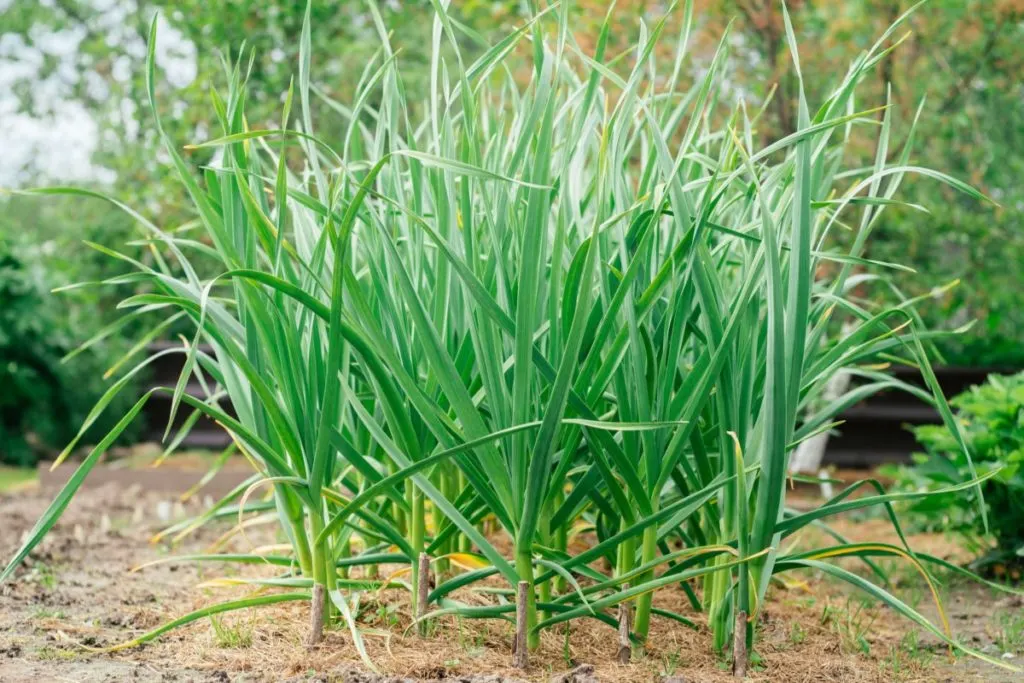
Don’t forget to mulch. Seriously, this is one of the best things you can do for your established plants. Mulching locks in moisture and keeps weeds at a minimum, which means less time doing chores. It’s an important step in square-foot gardening.
14. Why Is There an Empty Square?
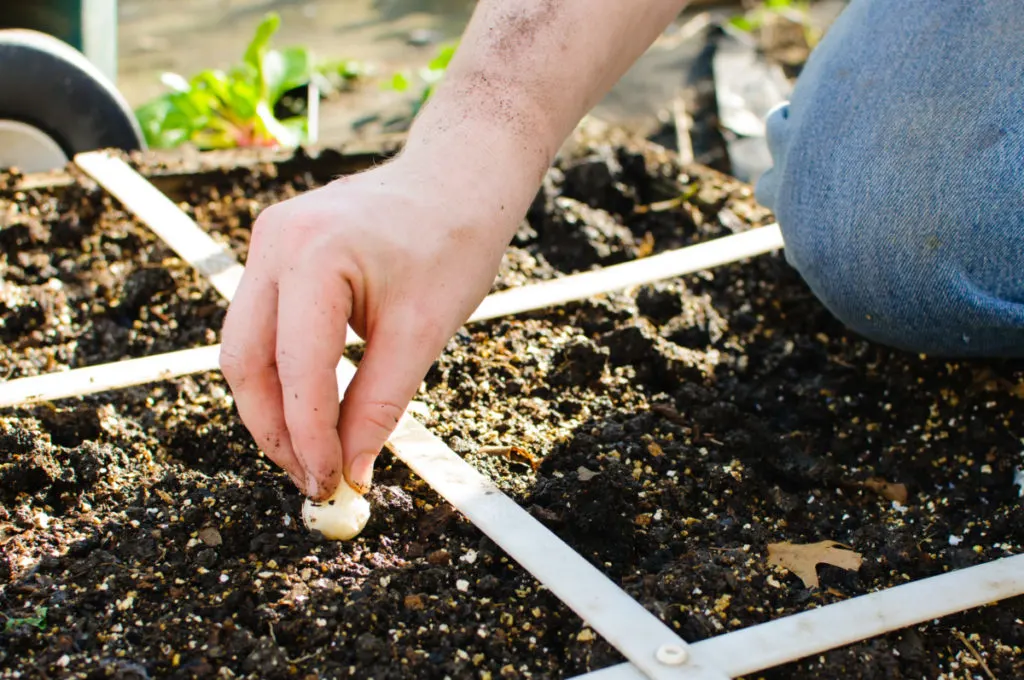
Empty squares can mean soil erosion, especially if you didn’t mulch. Most of us try square-foot gardening for the space-saving aspect, so get the most out of that space throughout the growing season.
If a plant is done, pull it up, replenish your soil with a little compost and plant something else. Radishes are the square-foot gardener’s friend because they grow super quick, and you can get sixteen of them from one square foot.
15. I Don’t Know, Maybe Next Year
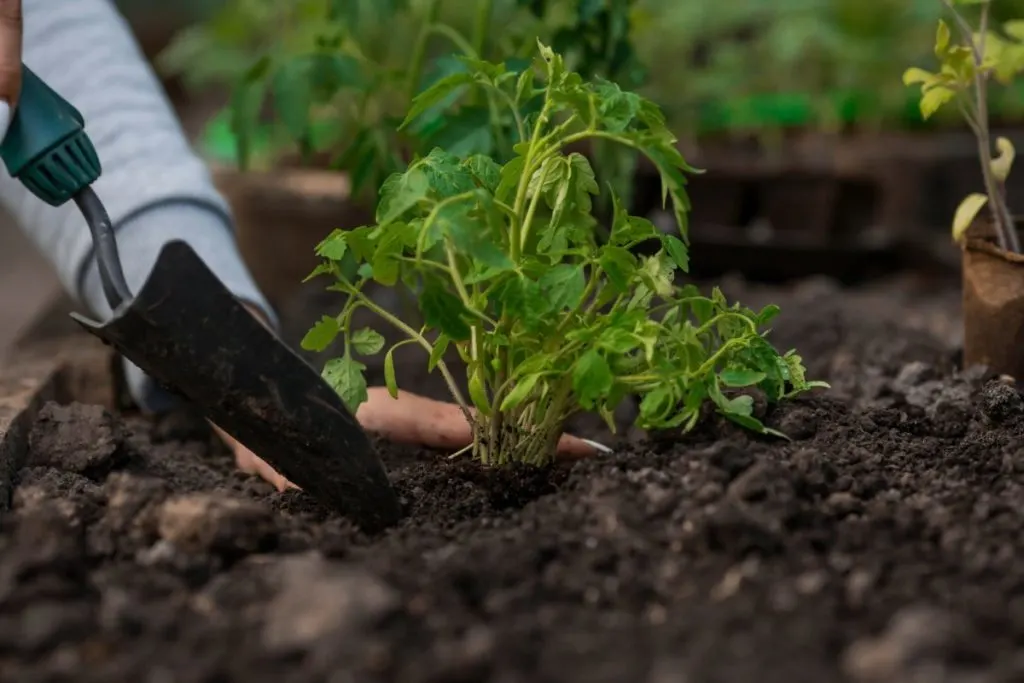
Square-foot gardening is easy, but too many would-be-gardeners never get started because they’re scared of failing. I want to let you in on a little secret – every single gardener out there is a big failure. Every year, something goes wrong for each of us. Often, many things go wrong.
No matter how many decades of soil we have under our nails or how many successful gardens we plant, there is always something that doesn’t go according to plan. It’s part of gardening; it’s how we learn and get better each year.
And it also gives us something to talk about with other gardeners.
“Hoo-boy, have you seen the size of the tomato hornworms this year?”
“If this rain doesn’t stop, my poor garden is going to drown.”
Please, just get started.
Even if your first year turns out to be a disaster, I guarantee you’ll be pulling up your plants in the fall already mentally planning everything you’ll do differently the next year. And there will be a next year because the gardening bug will have bitten you.

Get the famous Rural Sprout newsletter delivered to your inbox.
Including Sunday ramblings from our editor, Tracey, as well as “What’s Up Wednesday” our roundup of what’s in season and new article updates and alerts.


